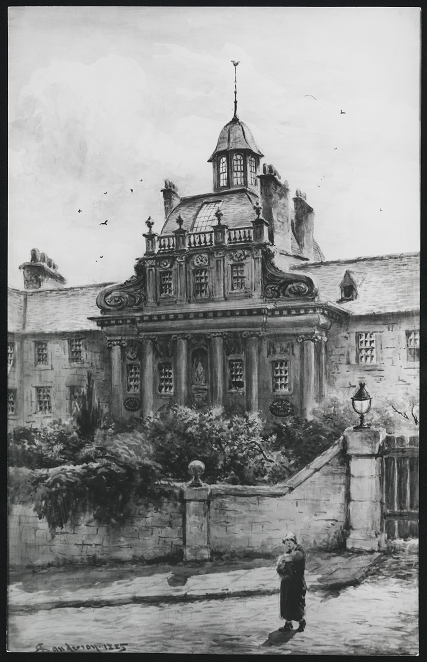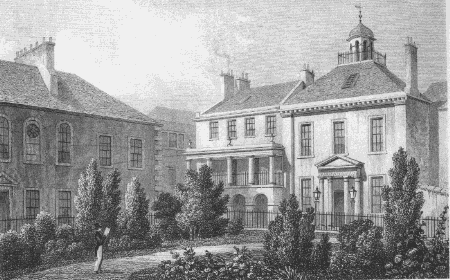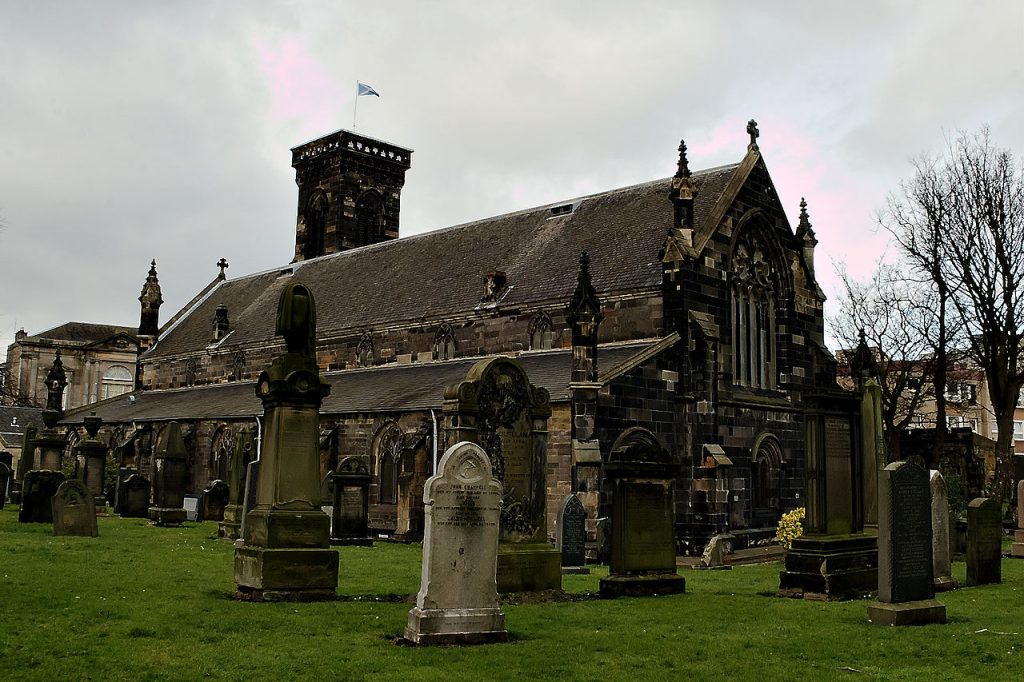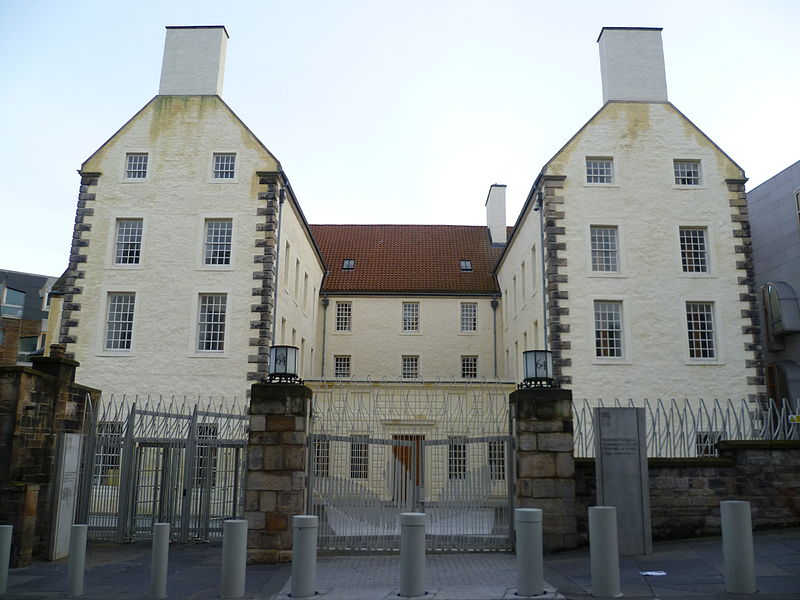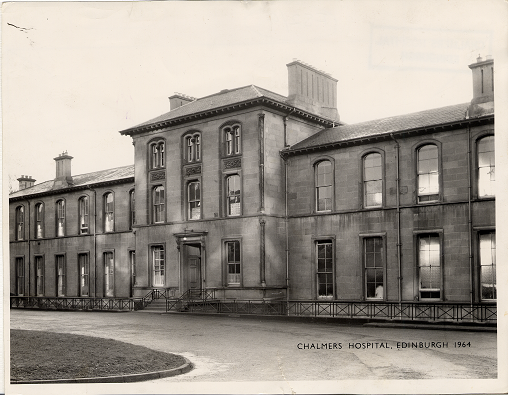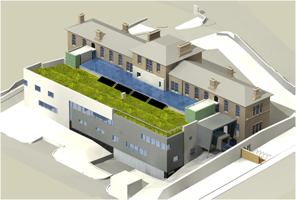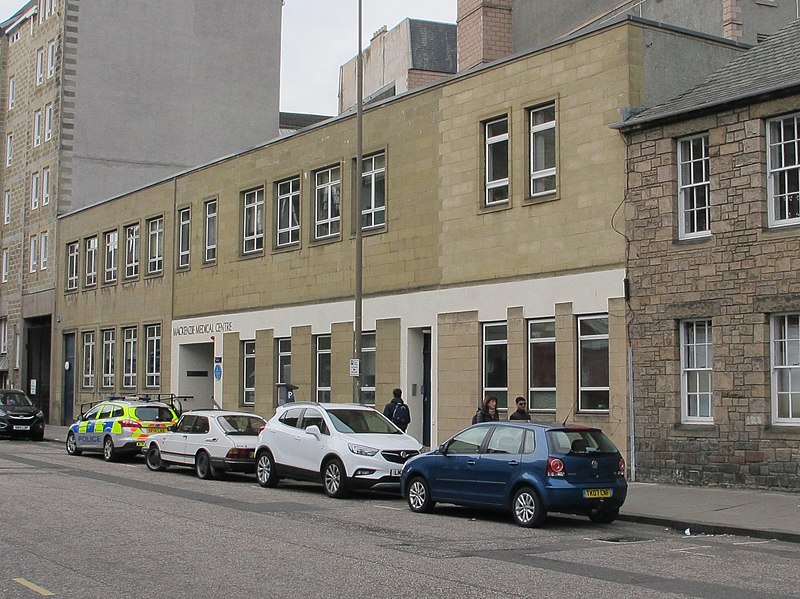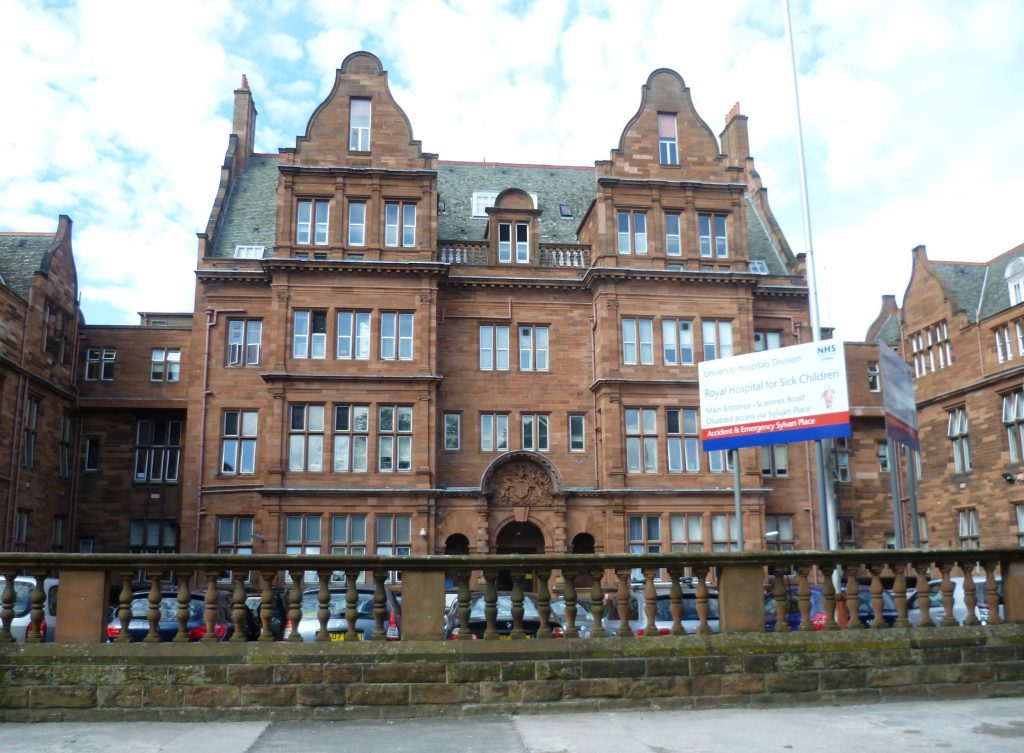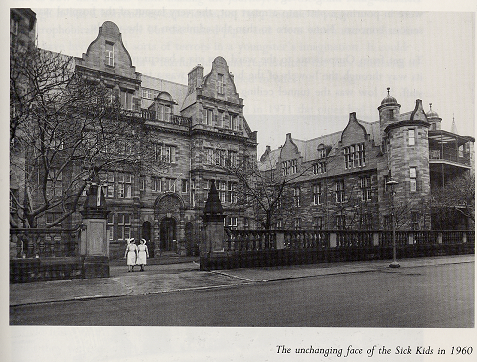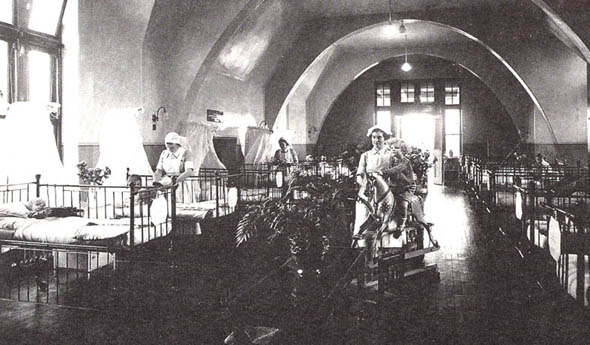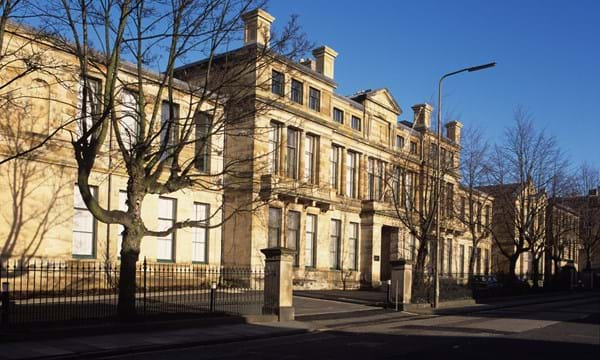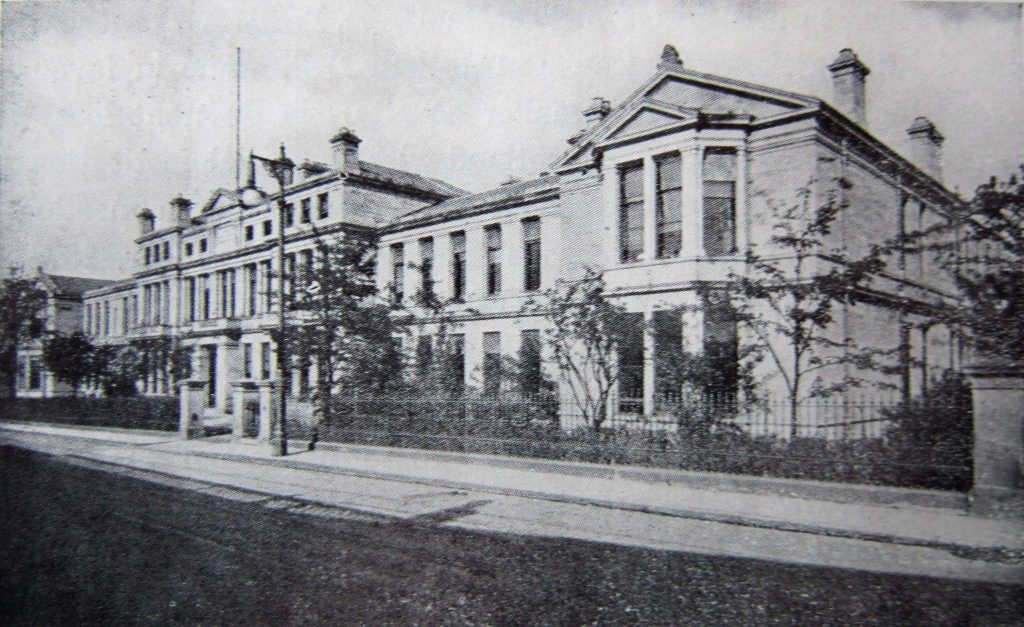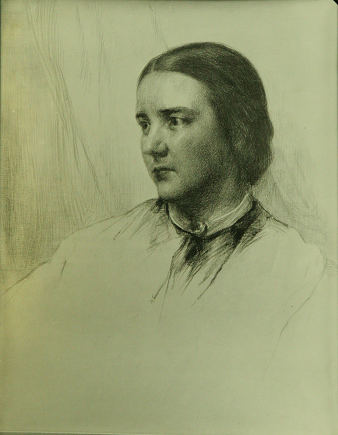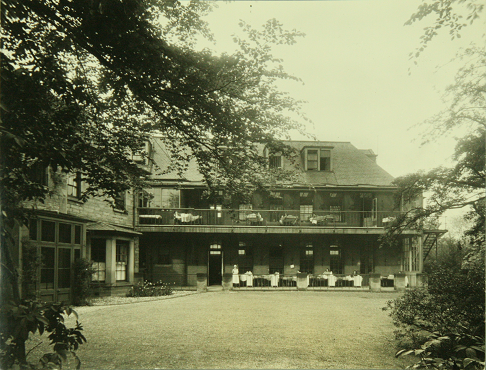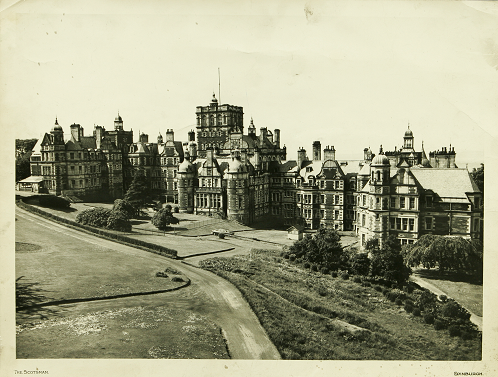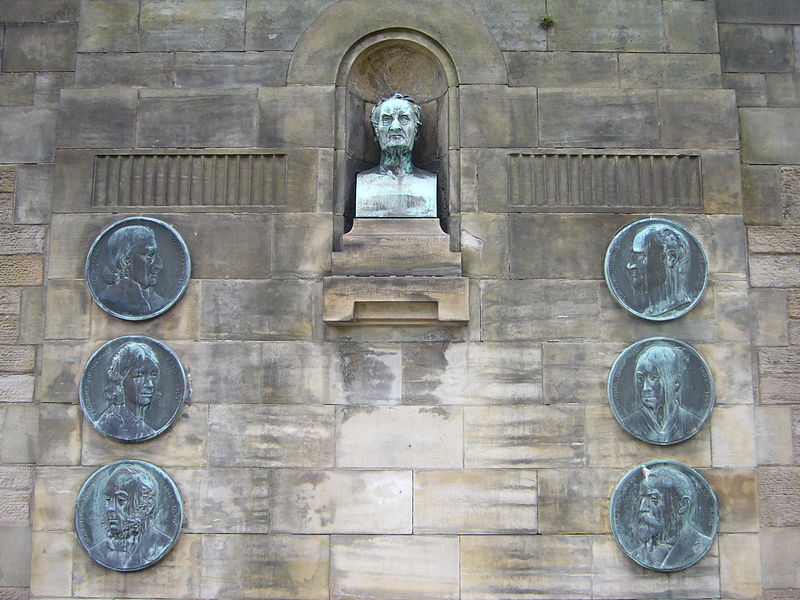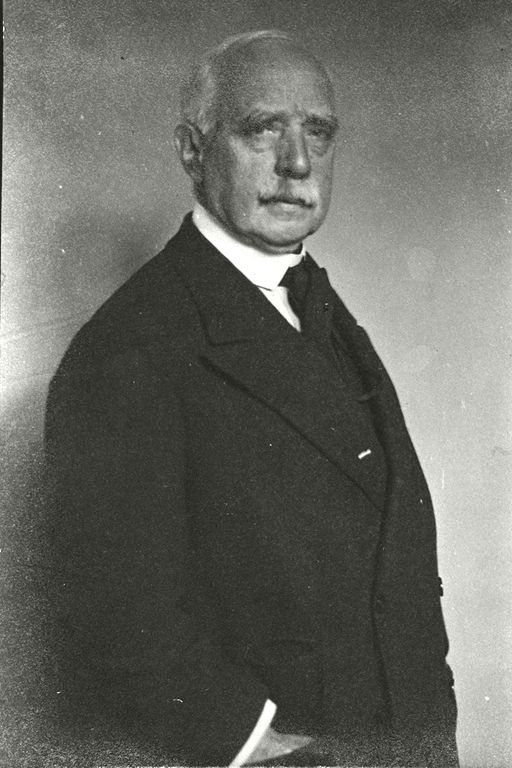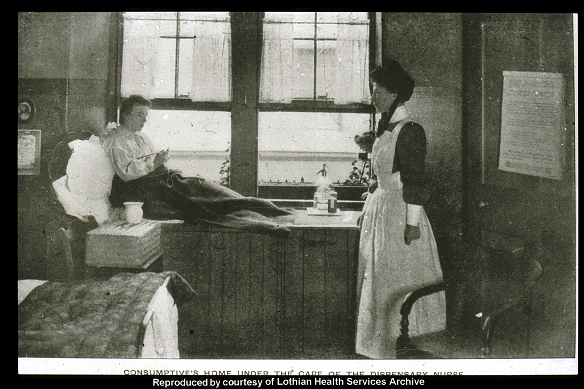High School Yards, Edinburgh EH1 1LZ
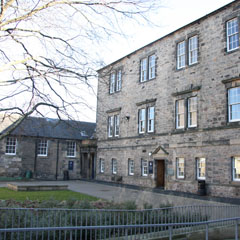
The four buildings inside High School Yards have a long history of medicine and surgery within Edinburgh. Old Surgeons’ Hall (OSH), built in 1697 by Scottish architect James Smith, was designed as an anatomy theatre and the first public dissection occurred in 1703. By 1832, the surgeons moved to New Surgeons’ Hall on Nicolson Street and OSH and the New High School building (where the Edinburgh Centre for Carbon Innovation is currently located) were converted to surgical hospitals. The current School of Geoscience was built in 1853 as a surgical hospital. Known as Drummond Street Surgical Hospital, it was built as part of the Royal Infirmary. When the Royal Infirmary moved to Lauriston Place in 1879, the already established surgical hospitals and Chisholm House were converted into medical facilities for contagious patients. Under the control of Sir Henry Littlejohn, Edinburgh’s Medical Officer, this group of buildings became known as the City Fever Hospital. In 1903 the City Fever Hospital moved to a new location on Coliston Mains and the buildings at HSY were sold to the University of Edinburgh.
